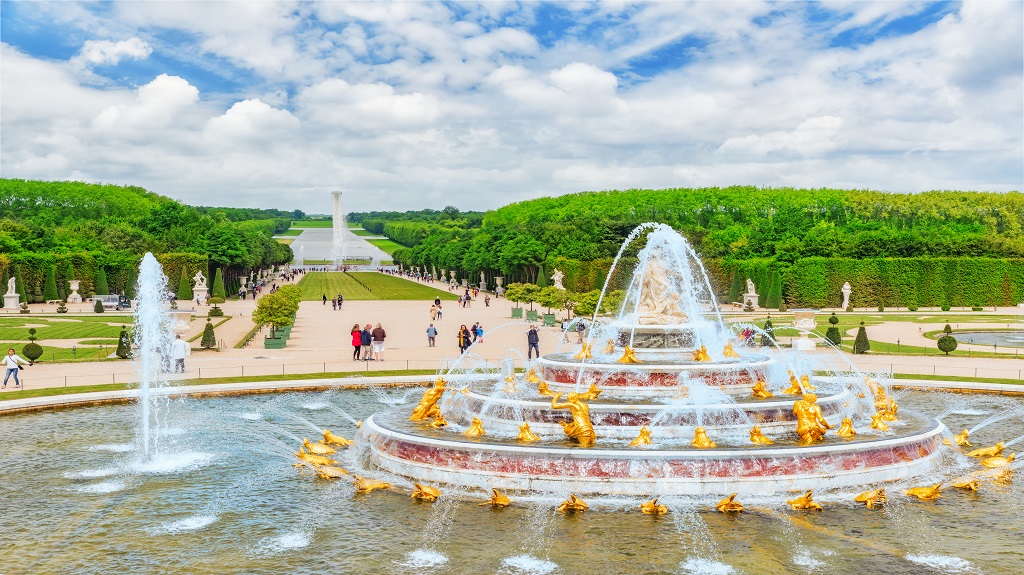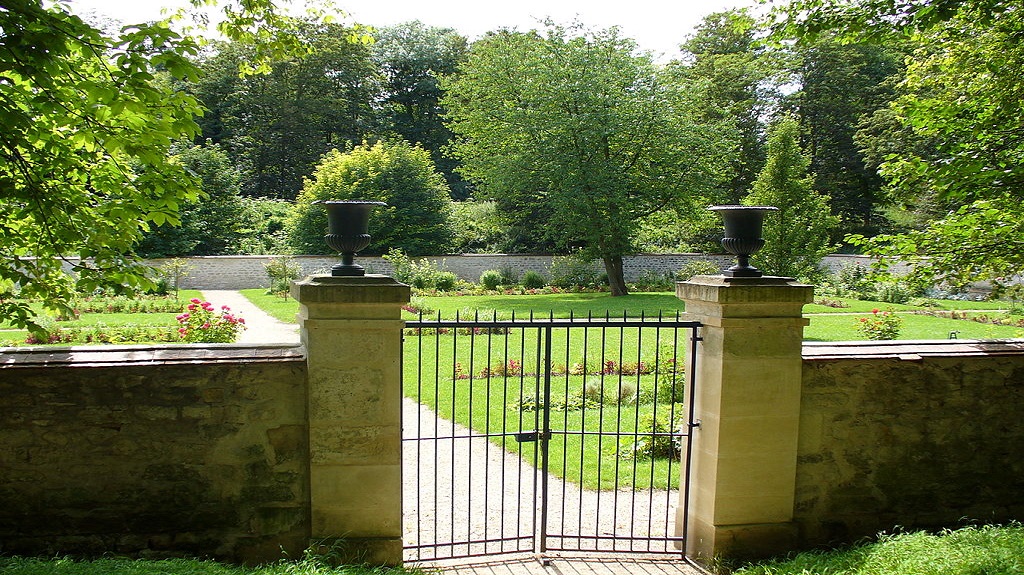Located about a one-hour drive from Paris, The Palace of Versailles is considered one of the greatest achievements of 17th-century French art. The palace was once Louis XIII’s old hunting pavilion but was transformed by his, Louis XIV, and extended in 1682 to make room for the Court. Though Versailles’ magnificence is unparalleled, modern historians have compared its living arrangements to that of an overcrowded apartment building. On each floor, apartments varying in size (350 in all) lined the hallways, marked by a number. Residents, mostly senior members of the household, often traded rooms and keys, moving to situate themselves closer to their friends, families, and allies. Being one of the country’s most popular destinations, advanced planning to Versailles is highly recommended, as it is closed to the public on Mondays.

The Palace of Versailles’ architecture is beyond compare: 700 rooms, 67 staircases, 352 chimneys, 2,153 windows, 6,300 paintings, 2,100 sculptures and statues, 15,000 engravings, 5,000 decorative art objects and furnishings. Though several renovations were made by succeeding kings and Marie Antoinette, the Versailles we know today was mostly finished by the time Louis XIV died in 1715. The eastern facing palace has a U-shaped layout, with the corps de logis (principle block of a classic mansion or palace) and symmetrical wings including the Dufour Pavilion on the south, and the Gabriel Pavilion on the north, thus creating a cour d’honneur (courtyard), known as the Cour Royale (Royal Court). Flanking the Royal Court are two huge wings resulting in a facade of 402 meters (1,319 feet). Most impressive here are the spectacular gardens covering 800 meters (1,976 acres!), designed by André Le Nôtre in 1661.

Approximately six miles (25 minutes driving) away from The Palace of Versailles sits the Parc de Saint-Cloud, comprised of over 1,100 acres and considered one of the most beautiful gardens in Europe. The park sits on the site of the old Château de Saint-Cloud, where only a few of the original outbuildings remain. The Prussians set up forces thereafter Napoleon III declared war, causing the building to burn in 1870, eventually being completely torn down in 1892. The park contains a Le Nôtre garden (French style), an English garden, and Marie Antoinette’s famous rose garden. We feel an excursion to these beautiful grounds, with gorgeous views of Paris, to be the perfect day trip out of the city; a wonderful addition to our France itinerary.

